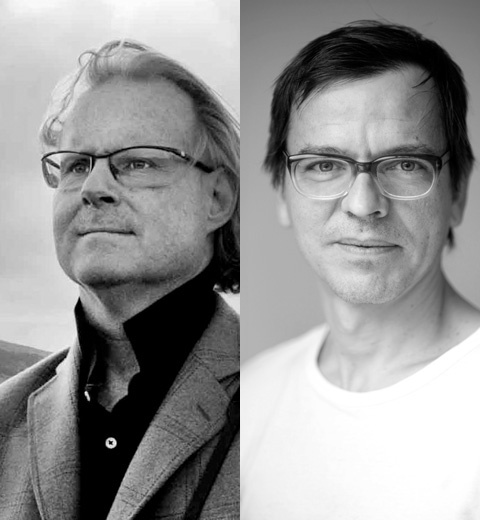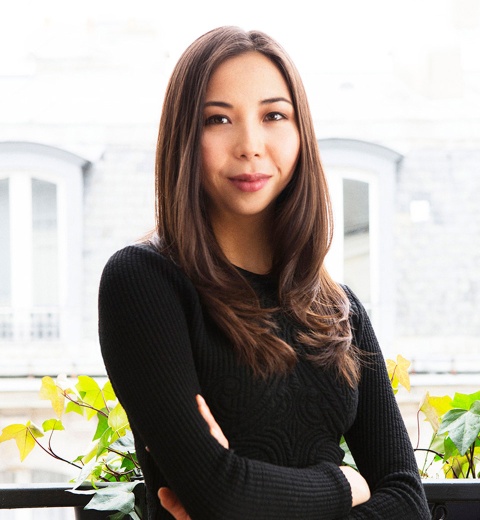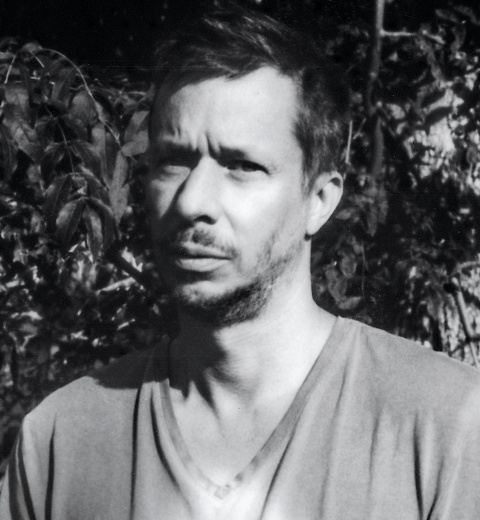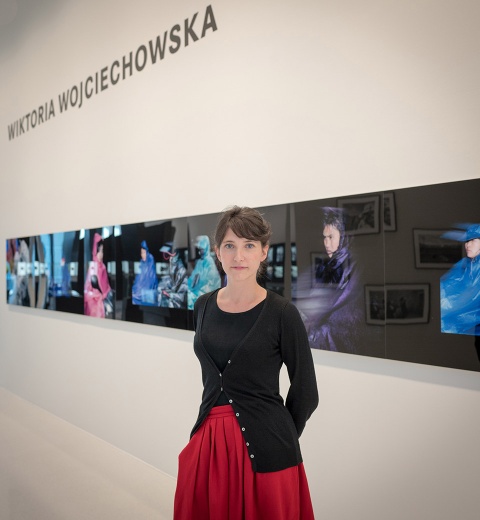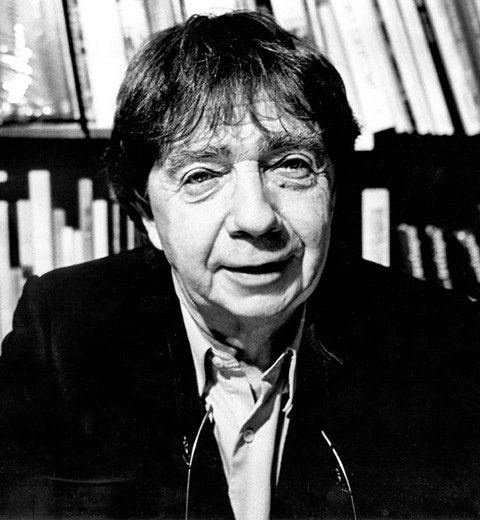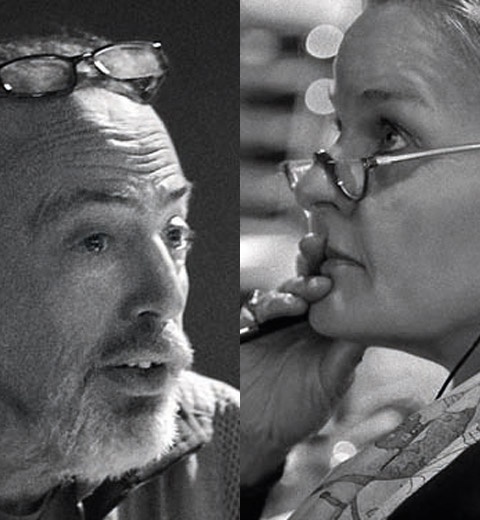Interview Ingo Taubhorn
As in every year, the response to the call for submissions for the 2014 Leica Oskar Barnack Award was enormous. Over 2,500 participants sent in their series hoping to qualify for the main and the newcomer awards. On an international level, the majority of the submissions came from Italy (213), followed by France (208), and Germany (179). From the 565 series for the newcomer award, the statistics show China, France, and the USA in the lead.
First launched in 1979 in honour of the Leica inventor Oskar Barnack, the yearly award has long established itself as one of the most important competitions in the world. In this, Leica Fotografie’s centenary year, the organisers doubled the prize money, and introduced the Leica Oskar Barnack Public Award. To spread the word about this new award, Leica collaborated with I Shot It (www.i-shot-it.com), a platform for photo enthusiasts. Members of the community were able to vote directly online. After a head-on race, they elected the Comfort Zone series by Lithuanian photographer Tadas Černiauskas, who will receive prize money amounting to 2,500 euros. From among the active voters, Leica will draw ten winners who will each receive a Leica C camera. As customary, the selection of the traditional Leica Oskar Barnack Award was carried out by a professional jury, who met together for direct and passionate discussions.
The winner will receive full Leica M equipment and prize money amounting to 10,000 euros. The newcomer award winner also receives Leica M equipment, and 5,000 euros in prize money. The award ceremony itself will take place within the framework of the Rencontres Internationales de la Photographie from 7 to 13 July in Arles, located in southern France. Ingo Taubhorn, head curator at the Haus der Photographie/Deichtorhallen in Hamburg, was a member of the jury. He is in charge of curating the large Hans Michael Koetzle 100 Jahre Leica-Fotografie (100 years of Leica Photography) jubilee exhibition that will open on 24 October at the Haus der Photographie.
LFI: Herr Taubhorn, what surprised you most about the submissions?
Ingo Taubhorn: The consistent quality of the works submitted, as well as the diversity of the interesting socio-political themes that the photographers from around the world dealt with. Each series reflected an intense and long-term involvement with the issues. It was very different to short-term photojournalism. Each piece of work represented a serious and intense form of documentation.
LFI: Compared to your other experiences as a juror, what was particular about the Leica Oskar Barnack Award?
Ingo Taubhorn: The careful pre-selection process meant that we did not need to judge all the submissions, but just the condensed selection made by the pre-jury. That saved a lot of time, though I had to depend on the pre-jury’s good judgement. Unfortunately, this means that a ‘latent series’ may have been missed somehow.
LFI: You studied photography in Dortmund and worked as a freelance photographer for many years before turning to curating. Did you look at the picture series from the perspective of a curator or of a photographer?
Ingo Taubhorn: I can easily switch back and forth between the two, but the underlying fact that counts from both perspectives is the level of quality and consistency that can be seen in the series. As a photographer, I am interested in the biographic path followed by a colleague, and the circumstances that led him to his subject; however, those are aspects that are not of primary importance in the selection process. I also understand the technological conditions. As a curator, I draw from my photo-historic experience, and because of that, I am able to conceptualize and classify a piece of work. Both perspectives are helpful when you are judging a series.
LFI: Does your approach tend to be more intuitive or more analytical?
Ingo Taubhorn: Intuition definitely plays a role the first time you see a series. That’s why it’s a good thing that there are various rounds before the final decision is made. The following evaluations are jointly discussed and become more analytical, because in the end reason weighs in more than just pure feeling.
Ingo Taubhorn: Intuition definitely plays a role the first time you see a series. That’s why it’s a good thing that there are various rounds before the final decision is made. The following evaluations are jointly discussed and become more analytical, because in the end reason weighs in more than just pure feeling.
LFI: How would you judge the balance between classic photo reportage and freehand, artistic works?
Ingo Taubhorn: The balance tends noticeably towards classic photo reportage. In this competition there is a clear preference for imagery with a socio-political background.
LFI: Does the expression ‘photojournalism with humanistic standards’ make any sense to you? Is it still valid today?
Ingo Taubhorn: Well, humanistic photography is described as the appreciation of life and the representation of its exceptional diversity as seen through the photographer’s lens. Documentary photography found its way into museums a long time ago, and the general public is enormously interested in it. People want to know about the world directly – even if it’s second hand.
LFI: Was it easy to choose the winners or did lengthy discussions take place?
Ingo Taubhorn: With such an amount of quality and considering the different areas of expertise and nationalities of the five jury members, it’s not easy to reach a final decision. It becomes really interesting when a jury member has the advantage – or disadvantage – of knowing one or more of the photographers personally. Then the discussions become even more emotional. In the end, only a limited number of selections came into consideration for the first place. It’s unfortunate, because each one was worthy of winning.
Interview: Ulrich Rüter
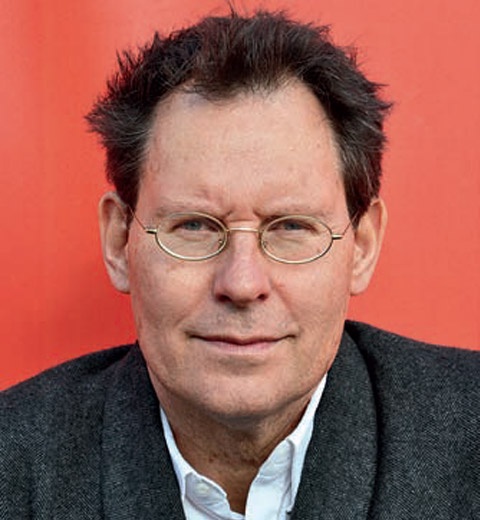
Ingo Taubhorn
Ingo Taubhorn (right) is a photographer and head curator at the Haus der photographie/ Deichtorhallen in Hamburg.
